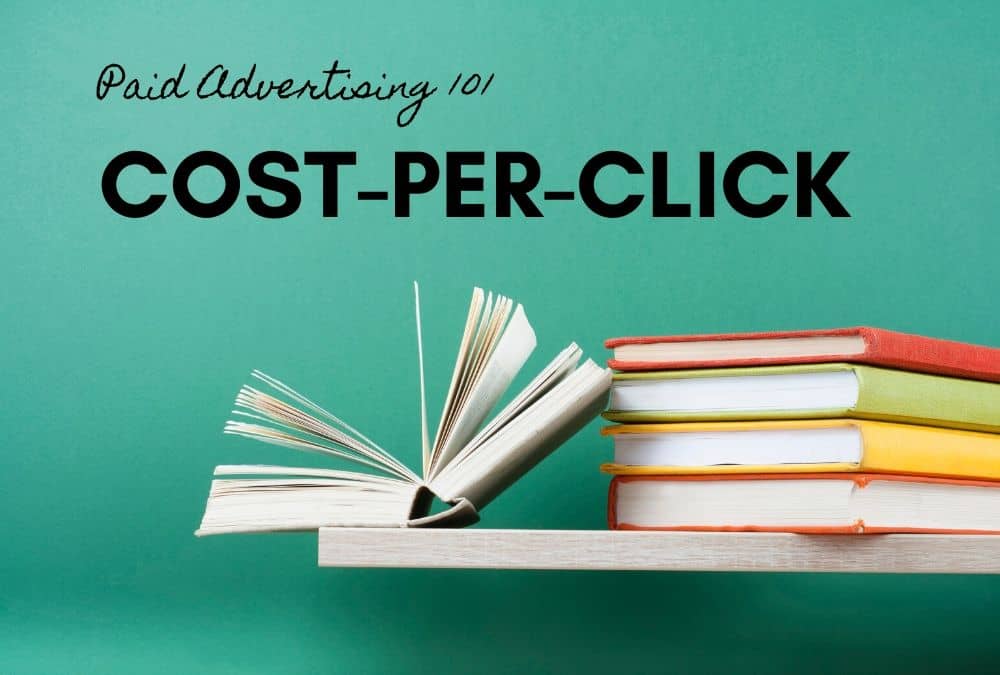Cost-Per-Click (CPCs)
Cost Per Click is the actual price you pay for each click. A click on one of your ads will register a cost towards your budget.
For example, you will not be charged when an ad appears on the search results pages. The cost is only incurred when an ad is actually clicked, taking the user from the ad to the landing page.
How are CPCs calculated?
The equation to get your cost-per-click is simple and straightforward.
Cost (Spend) / Clicks = CPC
Example: $25 / 5 clicks = $5 CPC
What Do CPCs Tell Us
- Low CPCs bring more traffic at a less expensive cost, as well as give you a better understanding of the competitiveness of the market. If you’re paying less per click we know that there is a large volume of available clicks and/or less competition so that costs aren’t being driven up by other advertisers.
- High CPCs bring traffic in at a more expensive rate and can be a factor in determining the degree of competition. If you’re paying more per click we know that the volume of available clicks is small and/or that there are enough advertisers competing for traffic that costs are being driven up.
- Branded searches will traditionally pull low CPCs, making it the opposite for Competitor keywords. This is your brand and you are the only one that can provide that experience if the search is for your brand.
- Nonbranded searches will differ depending on the market. Because branded terms aren’t being used, we can apply the insights from low or high CPCs to guide or analysis of the market. For example, CPCs for a common product might be low because of the abundance of available traffic, regardless of how many competitors are targeting that traffic too. Another example could be high CPCs for an article of clothing in a unique color. Because the color is unique there isn’t as much traffic surrounding it and therefore the competition for that traffic is higher, driving up the CPCs.
WEB ANALYTICS | SEARCH OPTIMIZATION | PAID ADVERTISING | COMPANY NEWS

